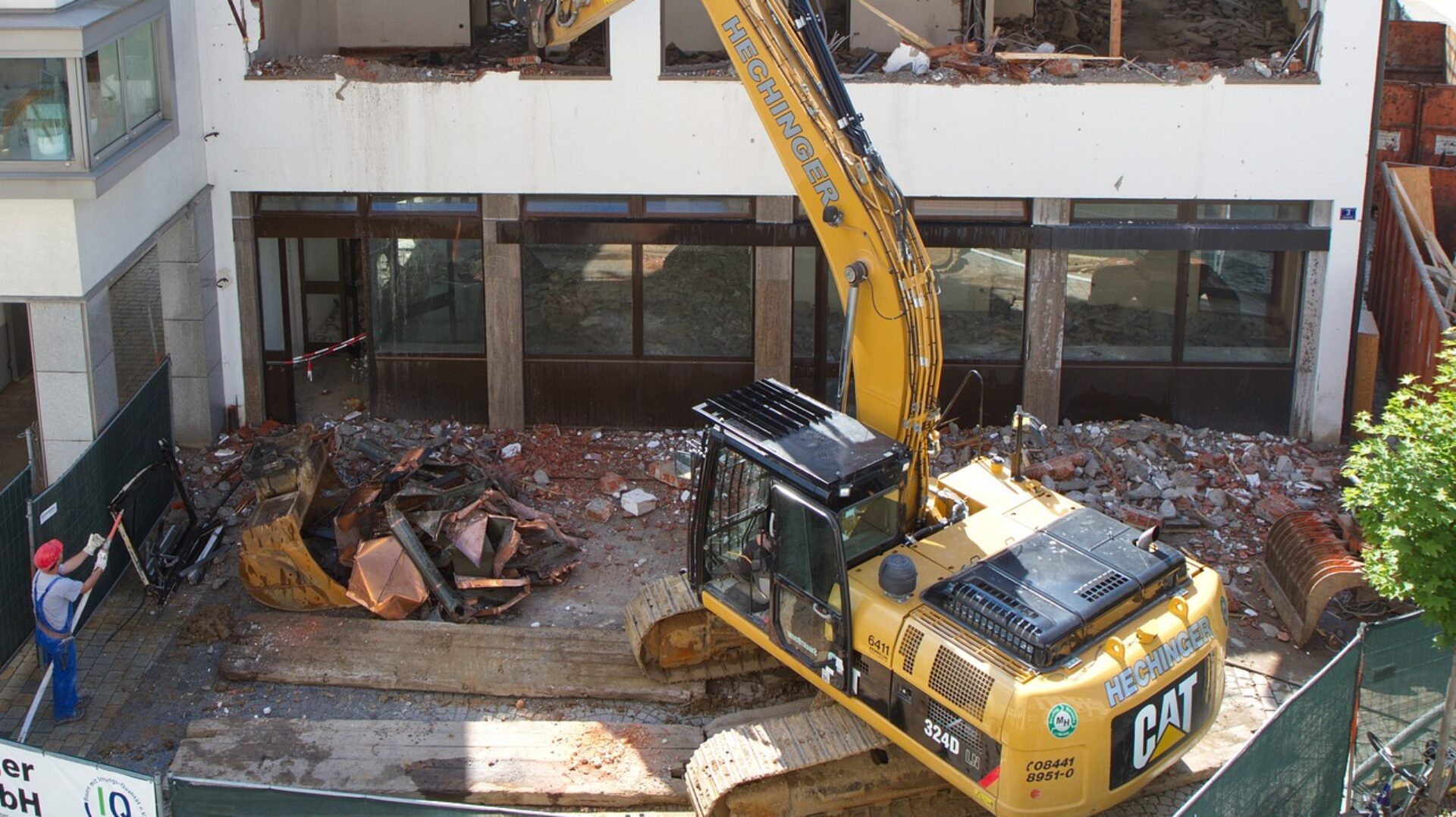Different Types of Demolition in Liverpool
Demolition is a crucial part of urban renewal and redevelopment, particularly in a city as historically rich and dynamically evolving as Liverpool. From the active city center to its quaint outskirts, various types of demolition practices are employed to manage old structures and make way for new developments. Understanding these methods can help stakeholders grasp the implications and benefits of each approach.
- Manual Demolition:
Manual demolition is the most traditional form of demolition. It involves dismantling buildings piece by piece, usually with handheld tools. This method is labour-intensive, but offers high control over the process, minimising the risk to surrounding structures. It is particularly suitable for tight spaces in Liverpool’s densely packed areas where mechanical demolition is impractical.
- Mechanical Demolition:
Mechanical demolition is more common for larger structures and involves heavy machinery, such as excavators, bulldozers, and cranes. In Liverpool, this method is often seen in the redevelopment of commercial zones and large residential blocks. It is faster and more cost-effective than manual demolition. However, this method requires careful planning to ensure safety and minimise environmental impact.
- Implosion:
Implosion is a dramatic method of demolition that uses explosives to bring down a structure. It is used only when absolutely necessary, due to its complex nature and the extensive preparation involved. In Liverpool, implosion is reserved for large, outdated structures where other methods are deemed inefficient or overly time-consuming.
- Deconstruction:
Deconstruction is a form of demolition that focuses on salvaging as much material as possible for reuse and recycling. This eco-friendly approach is becoming increasingly popular in Liverpool, aligning with global sustainability trends. It is particularly applicable to historic buildings whose materials, such as bricks and beams, can be preserved and reused in new constructions or restorations.
- Selective Demolition:
Selective demolition targets specific components of a building while preserving the rest. This method is essential in renovation projects where only a part of the structure needs to be removed. It requires precision and careful planning to ensure that the remaining parts of the building are not compromised.
Each demolition type has its own set of challenges and requires distinct strategies and equipment. By choosing the appropriate demolition method, developers can effectively manage their projects while minimising disruptions and maximising safety.
Demolition Liverpool
Are you planning a demolition project in Liverpool? Contact us at Demolition Liverpool to find out how we can help. Whether you need detailed information about the demolition process or professional advice on the best method for your specific needs, our team of experts is here to assist you.
We ensure compliance with all local regulations and strive to execute your projects efficiently and safely. Reach out today to learn more about our services or to schedule a consultation. Your successful project starts here!
